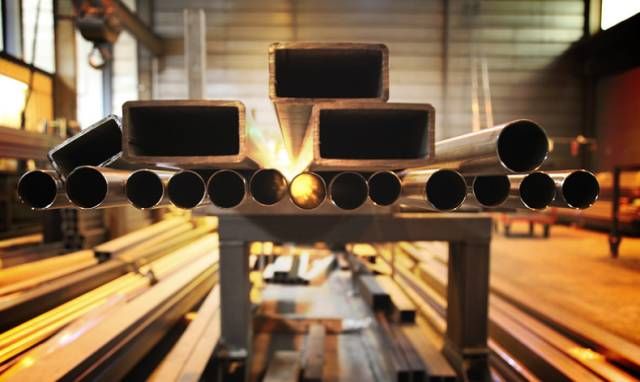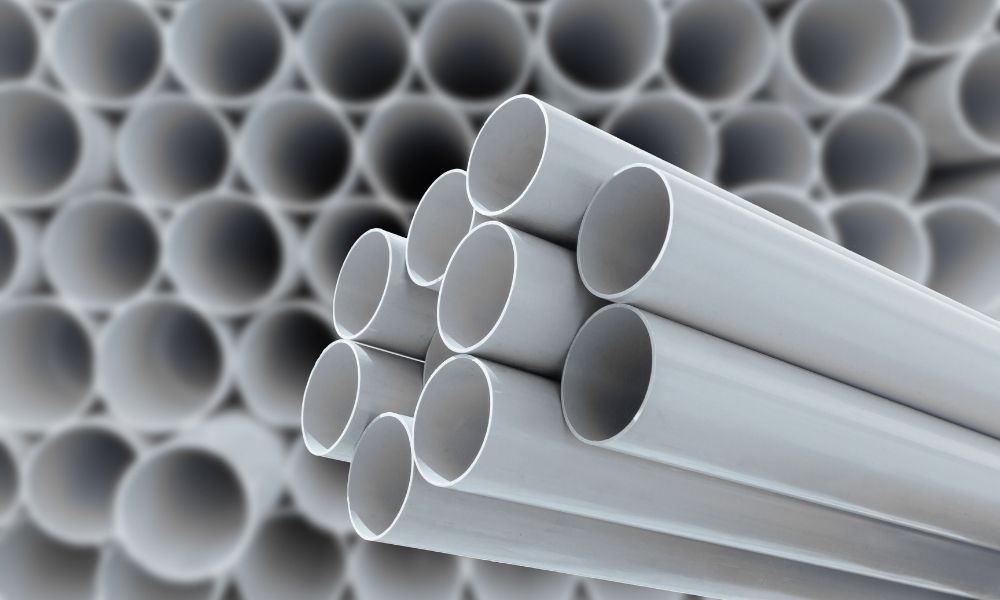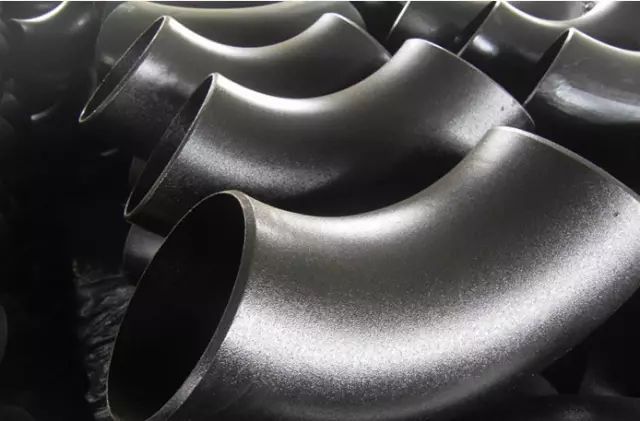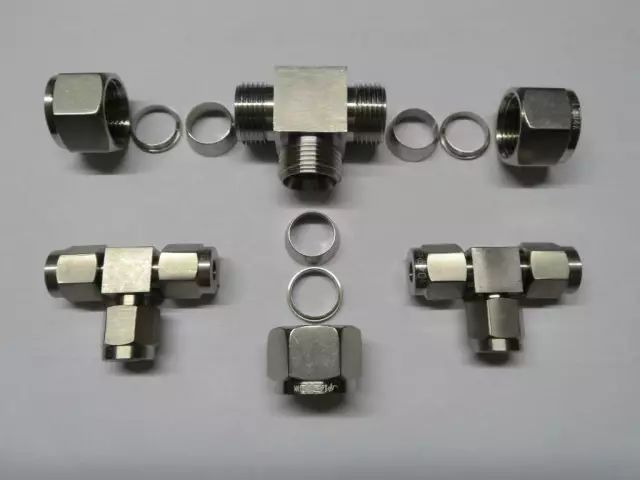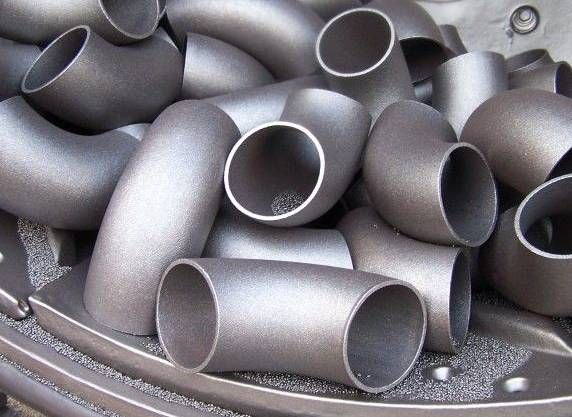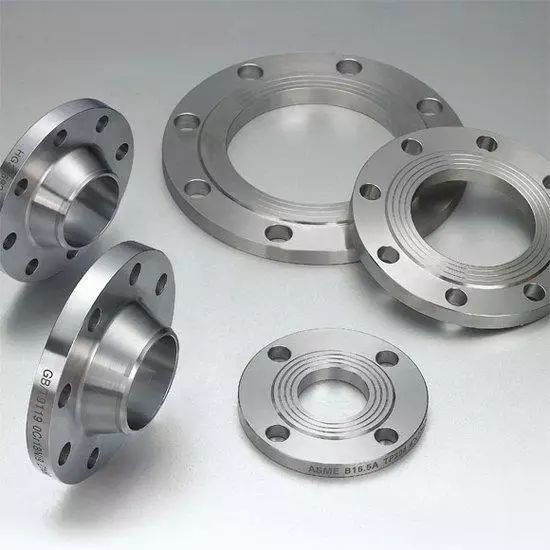Chemical piping and valves are an indispensable part of chemical production and are the link between various types of chemical equipment. How do the 5 most common valves in chemical piping work? The main purpose? What are the chemical pipes and fittings valves? (11 kinds of pipe + 4 types of fittings + 11 valves) chemical piping these things, a full grasp!
Pipes and fittings valves for chemical industry
1
11 types of chemical pipes
Types of chemical pipes by material: metal pipes and non-metallic pipes
Metal Pipe
Cast iron pipe, seamed steel pipe, seamless steel pipe, copper pipe, aluminum pipe, lead pipe.
①Cast iron pipe:
Cast iron pipe is one of the commonly used pipes in chemical pipeline.
Due to the brittle and poor connection tightness, it is only suitable for conveying low-pressure media, and is not suitable for conveying high-temperature and high-pressure steam and toxic, explosive substances. Commonly used in underground water supply pipe, gas mains and sewerage pipes. Cast iron pipe specifications to Ф inner diameter × wall thickness (mm).
② seamed steel pipe:
Seamed steel pipe according to the use of pressure points of ordinary water and gas pipe (pressure 0.1 ~ 1.0MPa) and thickened pipe (pressure 1.0 ~ 0.5MPa).
They are generally used to transport water, gas, heating steam, compressed air, oil and other pressure fluids. Galvanized is called white iron pipe or galvanized pipe. Those not galvanized are called black iron pipes. Its specifications are expressed in nominal diameter. Minimum nominal diameter of 6mm, the maximum nominal diameter of 150mm.
③ Seamless steel pipe:
Seamless steel pipe has the advantage of uniform quality and high strength.
Its material has carbon steel, high quality steel, low alloy steel, stainless steel, heat-resistant steel. Due to different manufacturing methods, it is divided into two kinds of hot-rolled seamless steel pipe and cold-drawn seamless steel pipe. Pipeline engineering pipe diameter of more than 57mm, commonly used hot-rolled pipe, 57mm below commonly used cold-drawn pipe.
Seamless steel pipe is commonly used to transport a variety of pressurized gases, vapors and liquids, can withstand higher temperatures (about 435 ℃). Alloy steel pipe is used to transport corrosive media, of which heat-resistant alloy pipe can withstand temperatures up to 900-950 ℃. Seamless steel pipe specifications to Ф inner diameter × wall thickness (mm).
The maximum outer diameter of cold-drawn pipe is 200mm, and the maximum outer diameter of hot-rolled pipe is 630mm.Seamless steel pipe is divided into general seamless pipe and special seamless pipe according to its use, such as seamless pipe for petroleum cracking, seamless pipe for boiler, seamless pipe for fertilizer and so on.
④Copper tube:
Copper tube has good heat transfer effect.
Mainly used in heat exchange equipment and deep cooling device piping, instrumentation pressure measurement tube or transmission of pressurized fluid, but the temperature is higher than 250 ℃, should not be used under pressure. Because of the more expensive, generally used in important places.
⑤ Aluminum tube:
Aluminum has good corrosion resistance.
Aluminum tubes are commonly used to transport concentrated sulfuric acid, acetic acid, hydrogen sulfide and carbon dioxide and other media, and are also commonly used in heat exchangers. Aluminum tubes are not alkali resistant and cannot be used to transport alkaline solutions and solutions containing chloride ions.
Due to the mechanical strength of aluminum tube with the rise in temperature and a significant reduction in the use of aluminum tubes, so the use of aluminum tubes can not exceed 200 ℃, for the pressure pipeline, the use of temperature will be even lower. Aluminum has better mechanical properties at low temperatures, so aluminum and aluminum alloy tubes are mostly used in air separation devices.
(6) Lead pipe:
Lead pipe is commonly used as a pipeline for conveying acidic media, can be transported 0.5% to 15% of sulfuric acid, carbon dioxide, 60% of hydrofluoric acid and acetic acid concentration of less than 80% of the medium, should not be transported to the nitric acid, hypochlorous acid and other media. The maximum operating temperature of lead pipe is 200℃.
Non-metallic tubes
Plastic pipe, plastic pipe, glass pipe, ceramic pipe, cement pipe.
①Plastic pipe:
The advantages of plastic pipe are good corrosion resistance, light weight, convenient molding, easy processing.
The disadvantages are low strength and poor heat resistance.
Currently the most commonly used plastic pipes are hard polyvinyl chloride pipe, soft polyvinyl chloride pipe, polyethylene pipe, polypropylene pipe, as well as metal pipe surface spraying polyethylene, polytrifluoroethylene and so on.
② rubber hose:
Rubber hose has good corrosion resistance, light weight, good plasticity, installation, disassembly, flexible and convenient.
Commonly used rubber hose is generally made of natural rubber or synthetic rubber, suitable for occasions with low pressure requirements.
③ Glass tube:
Glass tube has the advantages of corrosion resistance, transparency, easy to clean, low resistance, low price, etc., the disadvantage is brittle, not pressure.
Commonly used in testing or experimental workplace.
④ ceramic tube:
Chemical ceramics and glass are similar, good corrosion resistance, in addition to hydrofluoric acid, fluorosilicic acid and strong alkali, can withstand a variety of concentrations of inorganic acids, organic acids and organic solvents.
Due to low strength, brittle, generally used to exclude corrosive media sewer and ventilation pipes.
⑤ Cement pipe:
Mainly used for the pressure requirements, take over the seal is not high occasions, such as underground sewage, drainage pipe and so on.
2
4 Types of Fittings
In addition to the pipe in the pipeline, in order to meet the needs of process production and installation and maintenance, there are many other components in the pipeline, such as short tubes, elbows, tees, reducers, flanges, blinds and so on.
We usually call these components for piping accessories referred to as fittings. Pipe fittings are indispensable parts of the pipeline. Here is a brief introduction to several commonly used fittings.
① Elbow
Elbow is mainly used to change the direction of the pipeline, according to the elbow bending degree of different classifications, common 90 °, 45 °, 180 °, 360 ° elbow. 180 °, 360 ° elbow, also known as the “U” shaped bend.
There are also process piping needs a specific angle of the elbow. Elbows can be used straight pipe bending or pipe welding and become available, can also be used after molding and welding, or casting and forging and other methods, such as in high-pressure pipeline elbow is mostly high-quality carbon steel or alloy steel forging and become.
②Tee
When two pipelines are connected to each other or need to have a bypass shunt, the fitting at the joint is called a tee.
According to the different angles of access to the pipe, there are vertical access to the positive connection tee, diagonal connection tee. Slanting tee according to the angle of slanting to set the name, such as 45 ° slanting tee and so on.
In addition, according to the size of the caliber of the inlet and outlet respectively, such as equal diameter tee. In addition to the common tee fittings, but also often with the number of interfaces called, for example, four, five, diagonal connection tee. Common tee fittings, in addition to pipe welding, there are molded group welding, casting and forging.
③Nipple and reducer
When the pipeline assembly in the shortage of a small section, or due to maintenance needs in the pipeline to set a small section of removable pipe, often using a Nipple.
Nipple takeover with connectors (such as flange, screw, etc.), or just has been a short tube, also known as the pipe gasket.
Will be two unequal pipe diameter of the mouth connected to the pipe fittings called reducer. Often called size head. Such fittings have casting reducer, but also with the pipe cut and welded or welded with steel plate rolled into. Reducers in high-pressure pipelines are made from forgings or shrunken from high-pressure seamless steel tubes.
④Flanges and blinds
In order to facilitate installation and maintenance, the pipeline is often used in the detachable connection, flange is a commonly used connection parts.
For cleaning and inspection needs to be set up in the pipeline hand hole blind or blind plate installed at the end of the pipe. Blind plate can also be used to temporarily close the pipeline of an interface or a section of the pipeline to interrupt the connection with the system.
In general, low-pressure pipeline, the shape of the blind and solid flange the same, so this blind also called the flange cover, this blind with the same flange has been standardized, the specific dimensions can be found in the relevant manuals.
In addition, in the chemical equipment and pipeline maintenance, in order to ensure safety, often made of steel plate inserted between the two flanges of solid discs, used to temporarily isolate the equipment or pipeline and production system. This blind is customarily called insertion blind. Insert the size of the blind can be inserted into the flange sealing surface of the same diameter.
Post time: Dec-01-2023

